2019 - 2023 ︎ The Archive of Disappearance︎White concrete with marble sand, steel︎various dimensions
︎
various dimensions
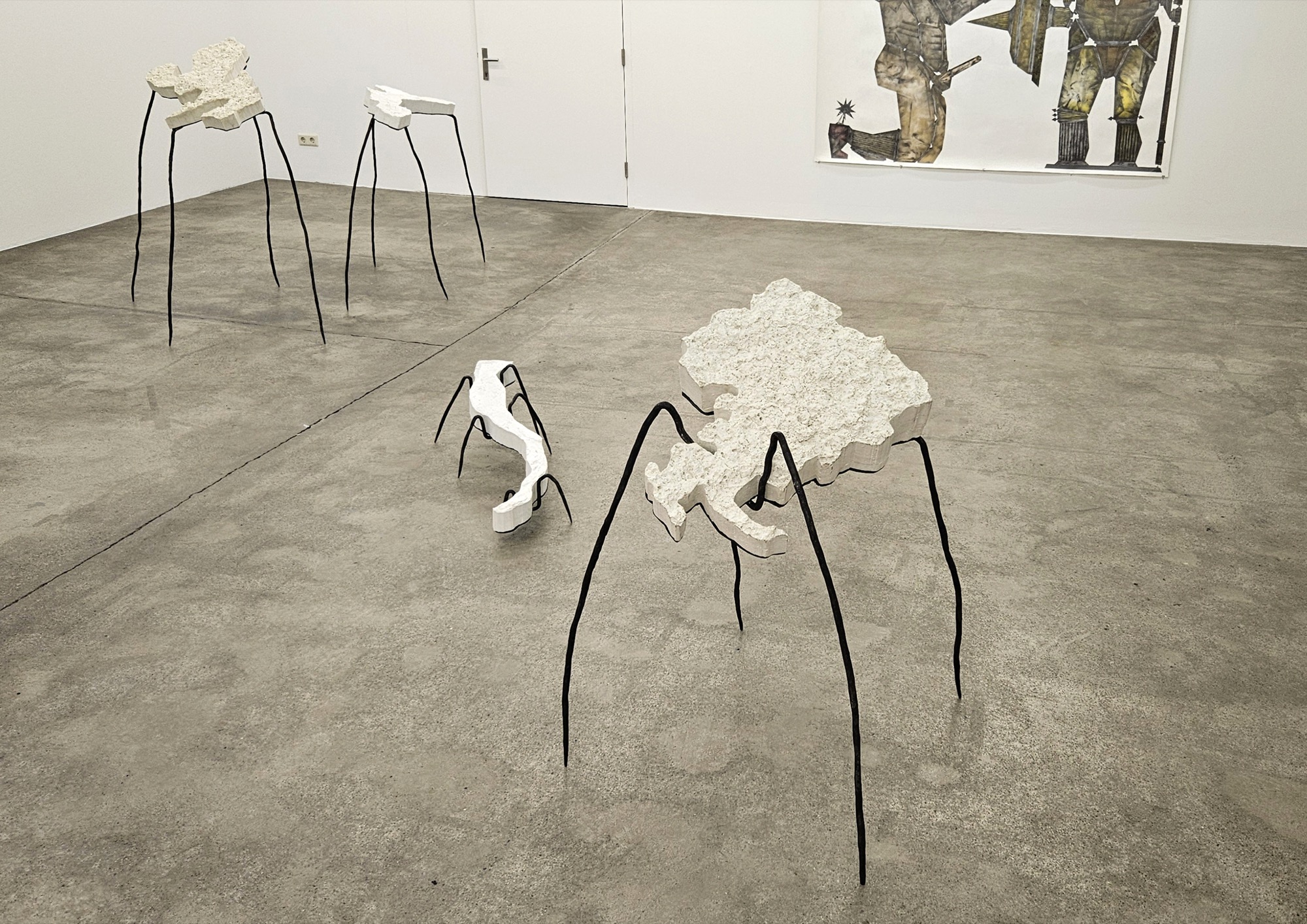
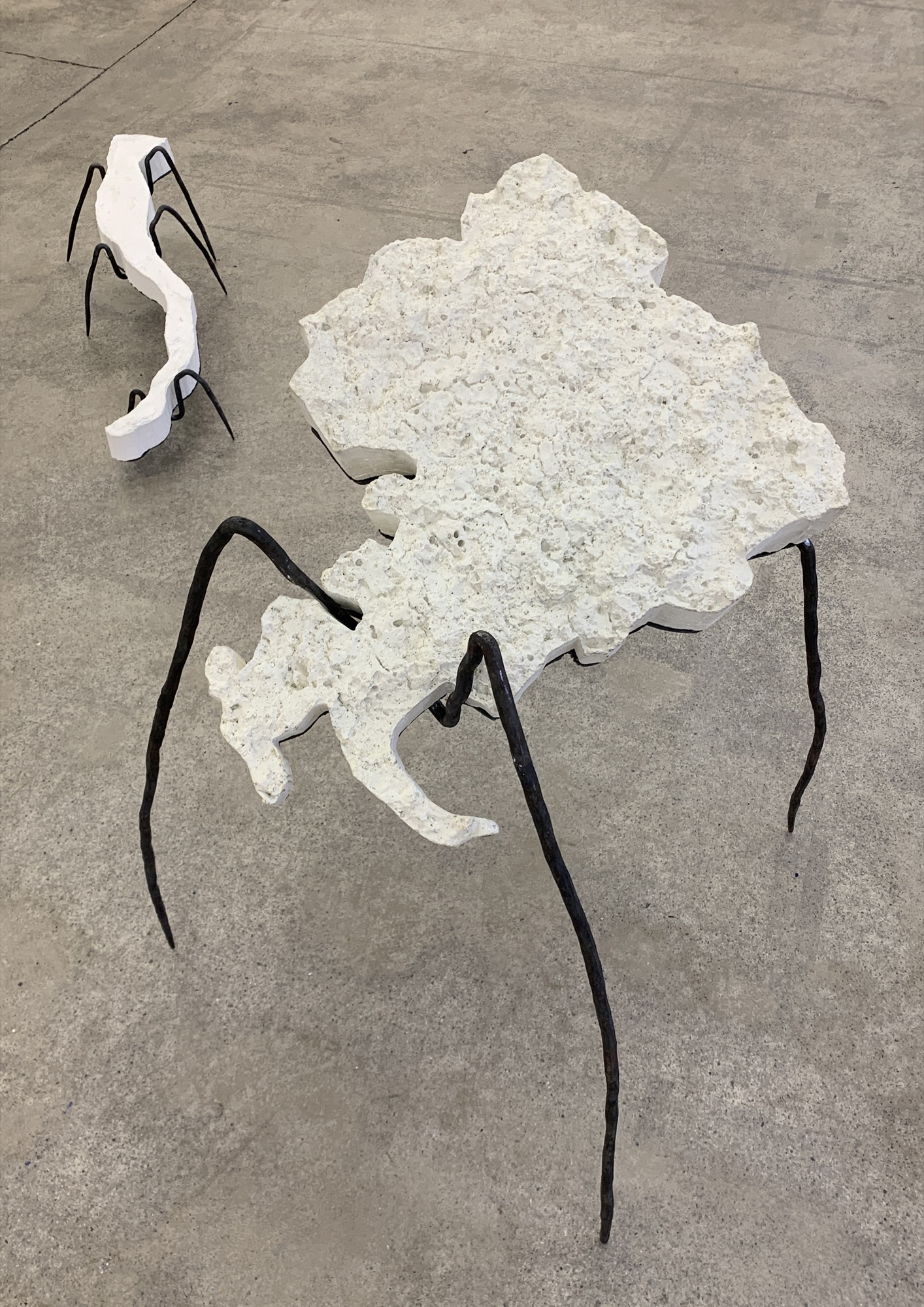
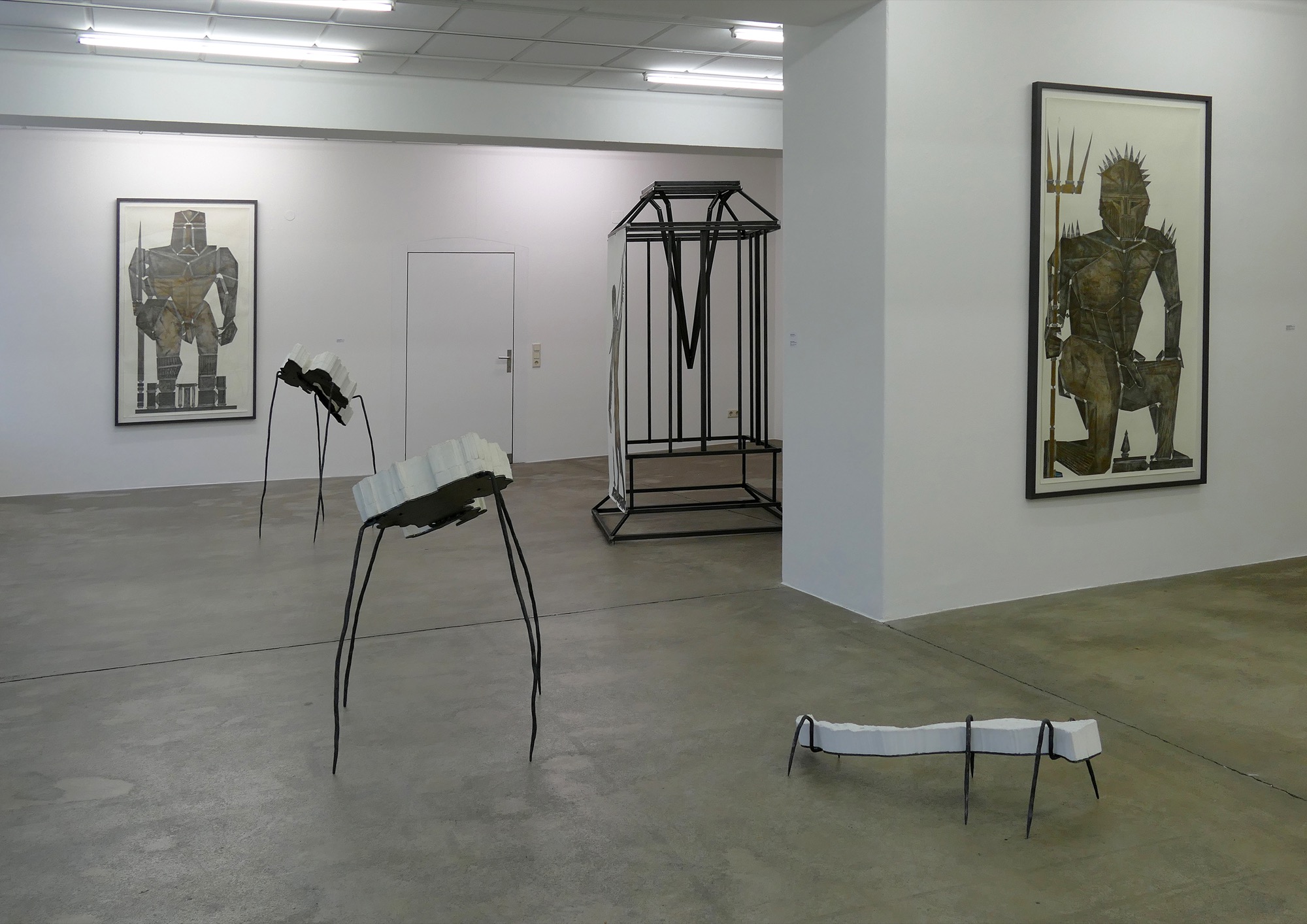
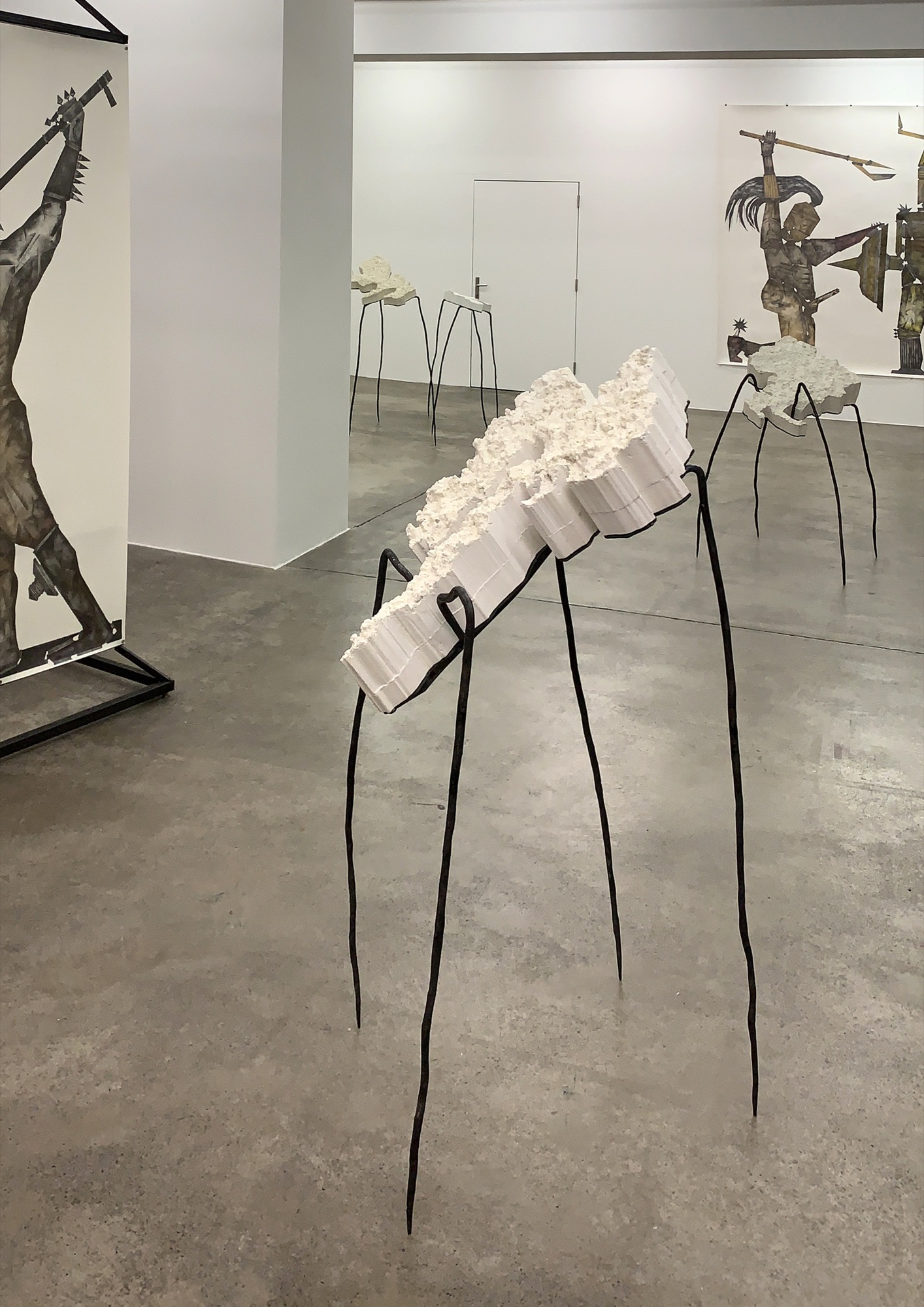
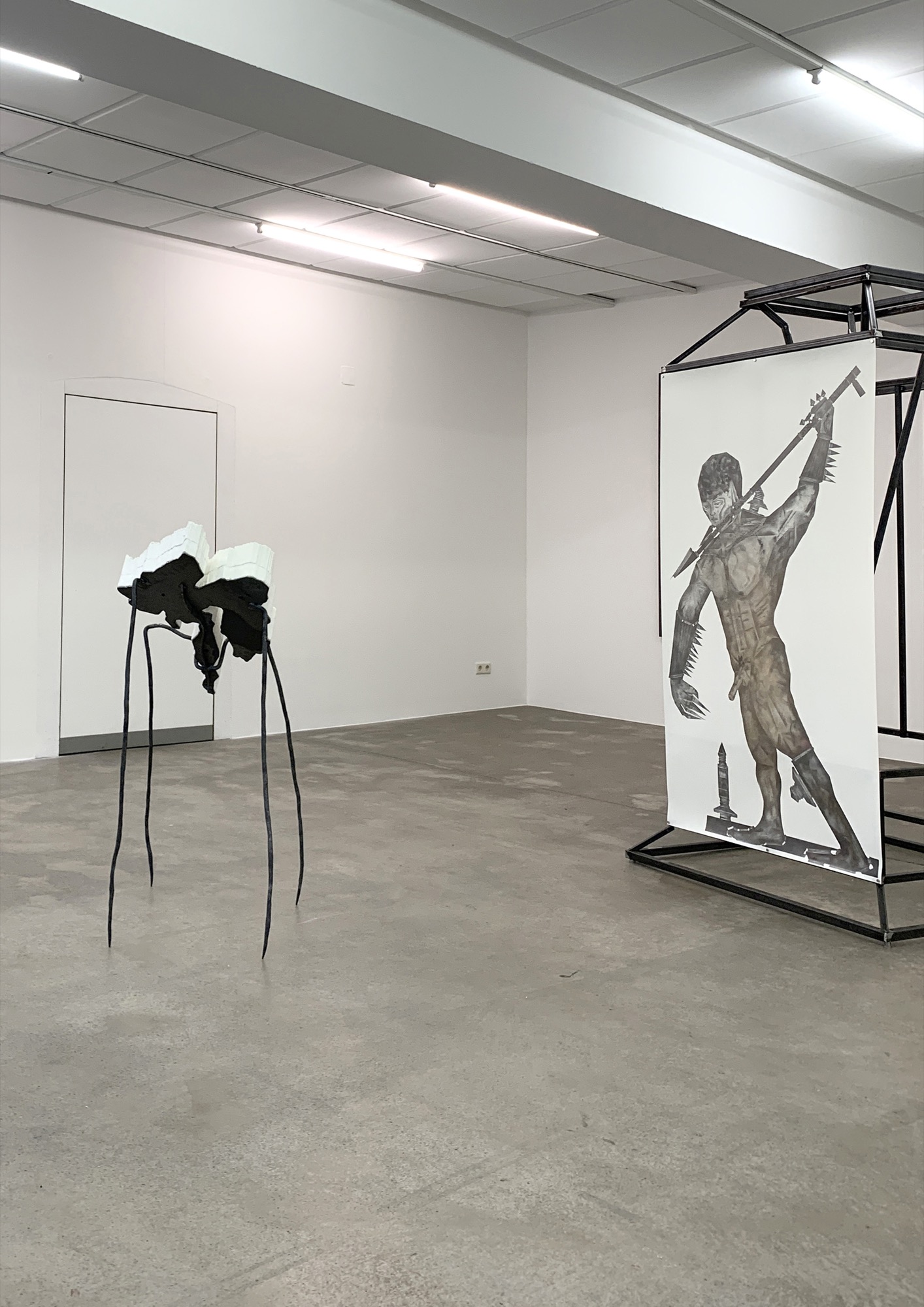
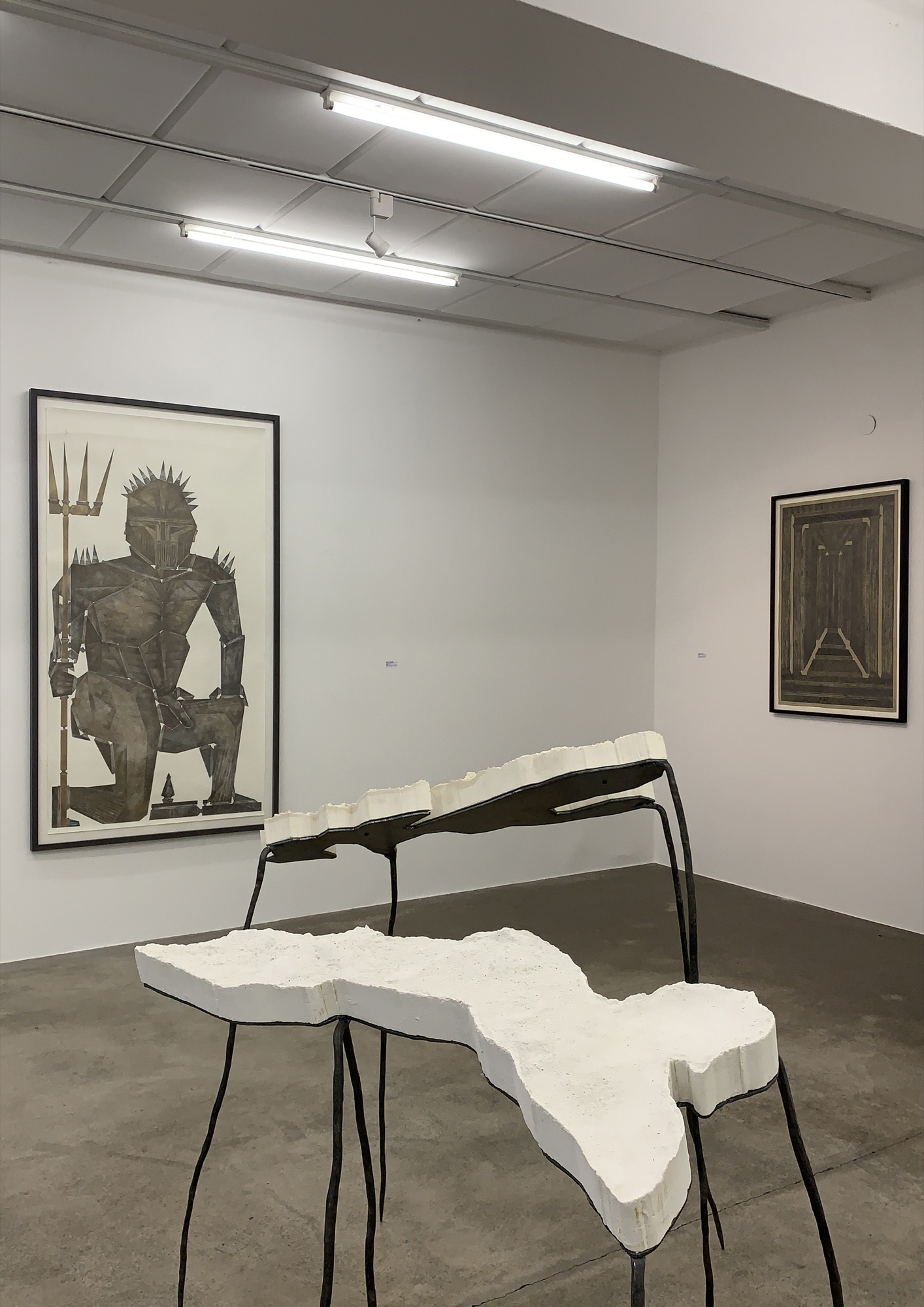
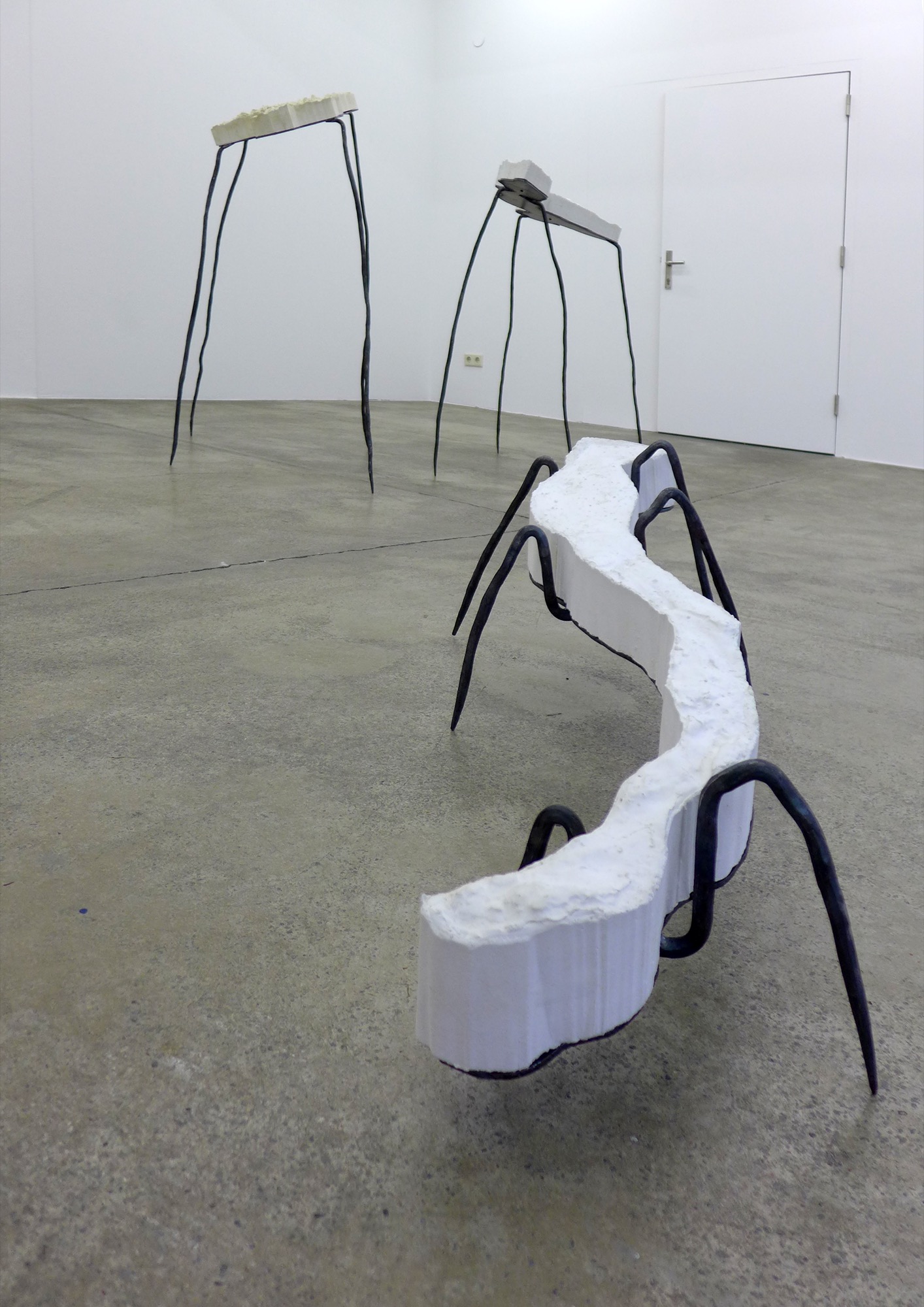

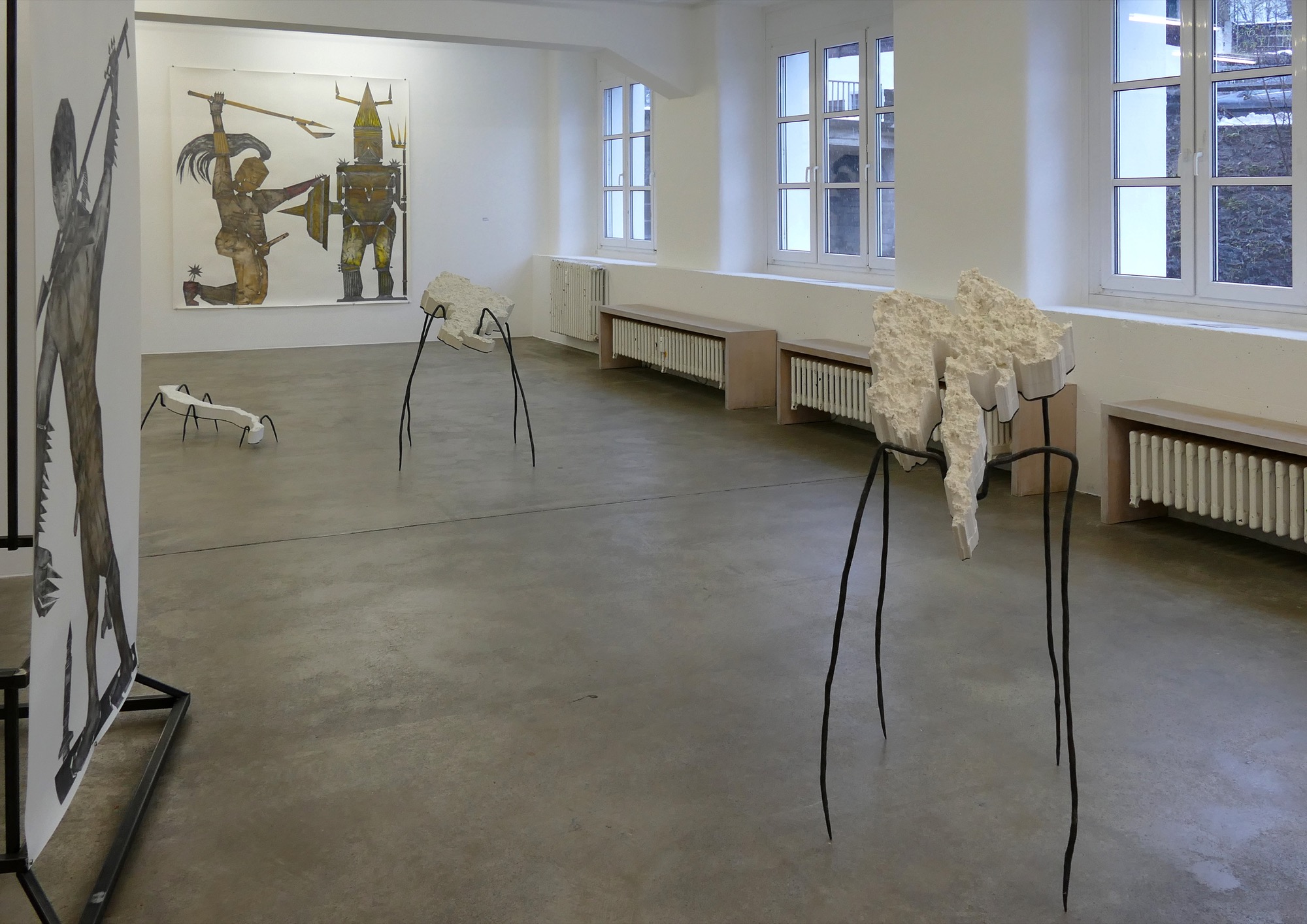
The Archive of Disappearance:
Sólheimajökull (IS), 2019
96 cm x 38 cm x 28 cmGepatschferner (AT), 2020
70
cm
x
68
cm x 102
cmSchalfferner (AT), 2021
107 cm x 64 cm x 126 cmPasterze (AT), 2022
67 cm x 52 cm x 125 cmVermuntgletscher (AT), 2023
98 cm x 59 cm x 104 cmSculptures
White concrete with marble sand, steel
Climate
research defines
a tipping point as a critical moment at which a development becomes
irreversible or is accelerated to such an extent that it causes a
system to collapse. In the Alpine region, the melting of glaciers
represents such a tipping point in terms of water supply. Johanna
Tinzl's group of works entitled »Das
Archiv des Verschwindens«
is
dedicated to this reality.
Since 2019, the artist has been archiving the topographies and surfaces of rapidly shrinking glaciers using the casting technique and translating them into sculptures. The series comprises five casts: the Sólheimajökull in Iceland (2019), the Gepatschferner (Kauntertal, 2020), the Schalfferner (Ötztal, 2021), the Pasterze (Glocknergruppe, 2022) and the Vermunt Glacier (Silvretta, 2023) in Austria.
For her research, the artist drew on data from glaciologists and aerial photographs from public geodata services to determine the outlines based on measurements from the previous year. These are translated into a true-to-scale mold and cast on site on the glacier using alabaster plaster. The surface of the mold corresponds to the actual surface of the ice.
Johanna Tinzl chooses her materials carefully and uses them as actors of resistance to make the global and local dimensions of ecological and technological processes visible. For example, the alabaster plaster is a natural product and therefore enables sustainable working on site without leaving harmful remnants on the glacier. The sculptures themselves are made of concrete, a material notorious for contributing to 9% of global CO2 emissions.
Since 2019, the artist has been archiving the topographies and surfaces of rapidly shrinking glaciers using the casting technique and translating them into sculptures. The series comprises five casts: the Sólheimajökull in Iceland (2019), the Gepatschferner (Kauntertal, 2020), the Schalfferner (Ötztal, 2021), the Pasterze (Glocknergruppe, 2022) and the Vermunt Glacier (Silvretta, 2023) in Austria.
For her research, the artist drew on data from glaciologists and aerial photographs from public geodata services to determine the outlines based on measurements from the previous year. These are translated into a true-to-scale mold and cast on site on the glacier using alabaster plaster. The surface of the mold corresponds to the actual surface of the ice.
Johanna Tinzl chooses her materials carefully and uses them as actors of resistance to make the global and local dimensions of ecological and technological processes visible. For example, the alabaster plaster is a natural product and therefore enables sustainable working on site without leaving harmful remnants on the glacier. The sculptures themselves are made of concrete, a material notorious for contributing to 9% of global CO2 emissions.
The
working process is physically demanding, almost performative: the
artist and her companions transport the molds and materials for the
casts, which weigh up to 20 kilos, strapped to their backs up to the
glacier, covering distances of up to 700 meters in altitude. The body
knowledge shaped through the experience of distance, altitude, cold,
wind and sunlight flows
into the works.
The sculptures are the result of an artistic transformation process grounded on touch and translation, giving the glaciers a different, less precarious physicality. The forged legs resemble those of insects and convey liveliness. In this way, the sculptures form an imagined community that reminds us of the fragile beings and complex ecosystems that glaciers are, and how closely we are connected to them. At the same time, the glacier’s imprint fixed in a momentary sculptural form refers to the impossible task of archiving a process of disappearance characterized by constant change.
The sculptures are the result of an artistic transformation process grounded on touch and translation, giving the glaciers a different, less precarious physicality. The forged legs resemble those of insects and convey liveliness. In this way, the sculptures form an imagined community that reminds us of the fragile beings and complex ecosystems that glaciers are, and how closely we are connected to them. At the same time, the glacier’s imprint fixed in a momentary sculptural form refers to the impossible task of archiving a process of disappearance characterized by constant change.
Text: Georgia Holz
All views are from the exhibition »Looming at the Horizon« at Kunstforum Montafon. The paper works and the steel object are works by Andreas Werner.
The forging of the sculptures was realised by Bartholomäus Skinner.
This project was funded by a project grant of BKA - Section II - Art and Culture, Austria (2019) and by a two Work Grants of the Federal State of Tyrol, Austria (2020, 2021).